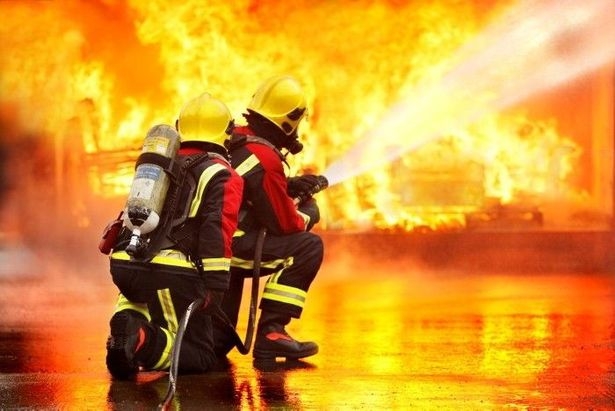
The challenge of designing rationally
With the variety of standards available for the design of a sprinkler system, there are some cases where unfortunately there is a requirement that just falls outside of the specified design criteria. This is due to the incredibly diverse range of products that sprinklers are used to protect, not to mention unique features which present a challenge to correct designs for life safety and property protection in buildings.
A rational design is a design where the intent of the National Building Regulations is achieved using proven codes, standards or tests conducted by an accredited facility. It is not a personal thought process or a series of guesses or gambles and neither was the original spirit of rational design deemed to be a cost saving venture.
Rational design is necessary and when applied correctly, it complements the standards to which it has been incorporated into. However, people often rationalise out key aspects of systems which, when examined, makes no sense. This is something ASIB inspectors see time and time again when conducting inspections, such as
- Parking garages that don’t need sprinklers as adequate through flow ventilation will suffice in putting out the fire (in other words ensuring there is ample oxygen supplied). Conveniently forgetting that fire department vehicles cannot get into these structures and on a day where there is no breeze, the entire structure will smoke log.
- A shopping centre where Phase 1 had the shops sprinkler protected but not the mall areas. When Phase 2 started, which was prior to the completion of Phase 1, the “rationale” presented and accepted had the malls sprinkler protected but not the shops.
- Reducing the suction tank water supply available for pumps when it is known that South Africa is water stressed and on many occasions there is inadequate water available from the town’s main when the fire department arrives. Logically the correct thought process would be to increase the stored capacity, not reduce it below any known world standard.
- Assuming fewer sprinklers will operate because statistically less than 6 sprinklers operate in controlling about 60% of all fires. This shows one of the poorest levels of understanding of fixed fire protection and fluid mechanics.
- The rational designer who is convinced that the higher the sprinkler is above the floor the greater the floor coverage it will provide, completely ignoring the effects of gravity, all codes and standards and more importantly – the manufacturers data sheet limitations.

Lets only put sprinklers on the ground floor because fires don’t start on higher floors…
Since diverse materials burn at differing rates (compare rubber to chlorine to clothing to food) the standards have to be able to be applied to all the various configurations of storage that exist and in this respect, we are pretty creative. In the current industry there is a far greater rate of change of storage layouts within a building as well as change of building tenants than there are new buildings going up. What this means is that the sprinkler system designed for one configuration might not be adequate for the next (again think about tyres stacked to 8,0 metres high versus storage racks of fast moving consumer goods – they all require different sprinkler layouts to be properly protected).
This is where rational design could well be applied. In theory, if you can design according to a proven code, standard or set of rules to suit the problem area then it “should” be acceptable in respect of the sprinkler protection. It is a good intention to address an issue in the industry but unfortunately it relies on the human element to implement. Everyone thinks that they are a rational person, and that other people are generally the ones being irrational. The classic example is when a group of people is asked do they think they are better at driving than the average, everyone puts up their hands. In order to have an average though you will need to have some people who are worse, yet no one believes they are that person.
As you can see the concept of rational design, while generally accepted in the industry, needs to be applied properly as opposed to being used as an excuse to reduce the effectiveness of a standard or costs, as is so often the case. Unfortunately the end user is at the mercy of the designer and, being a layperson in this respect, doesn’t know any better. It is up to the fire industry at large to ensure they all uphold the standards of professionalism to which they subscribe.
For any further questions on rational design drop ASIB a message on twitter.
In this series to date:





